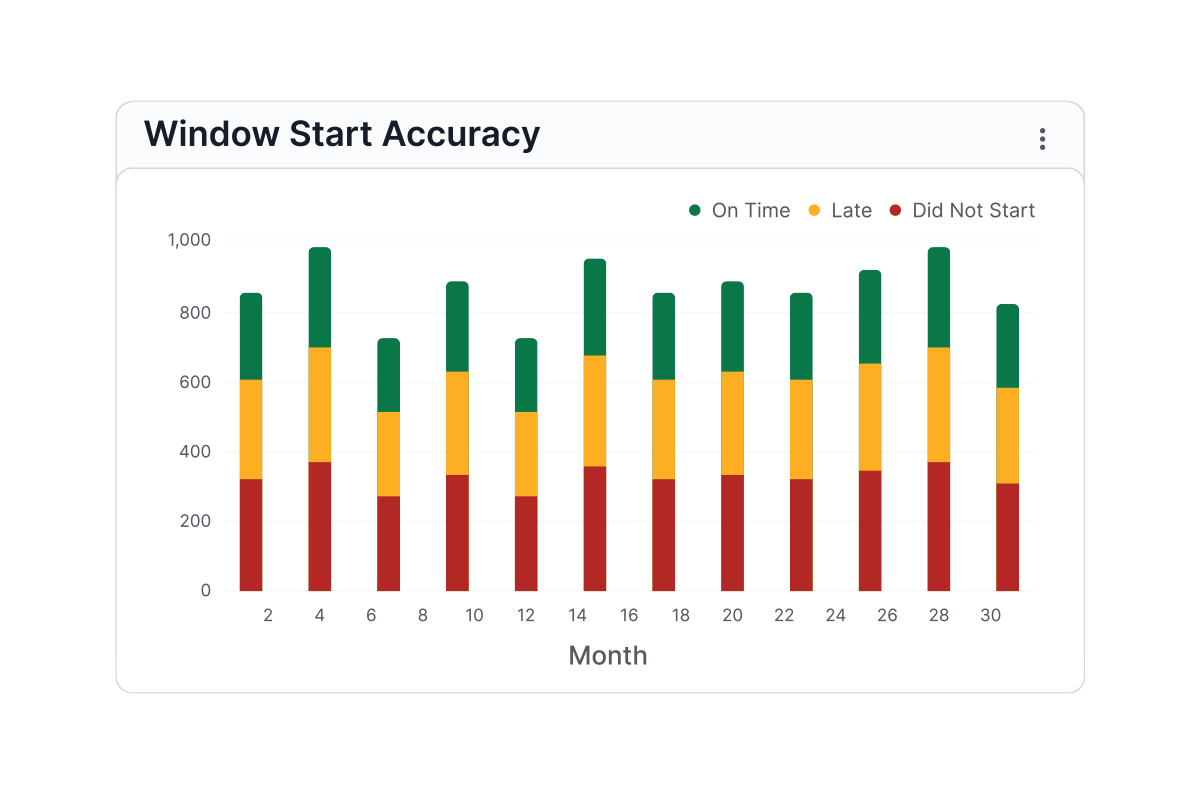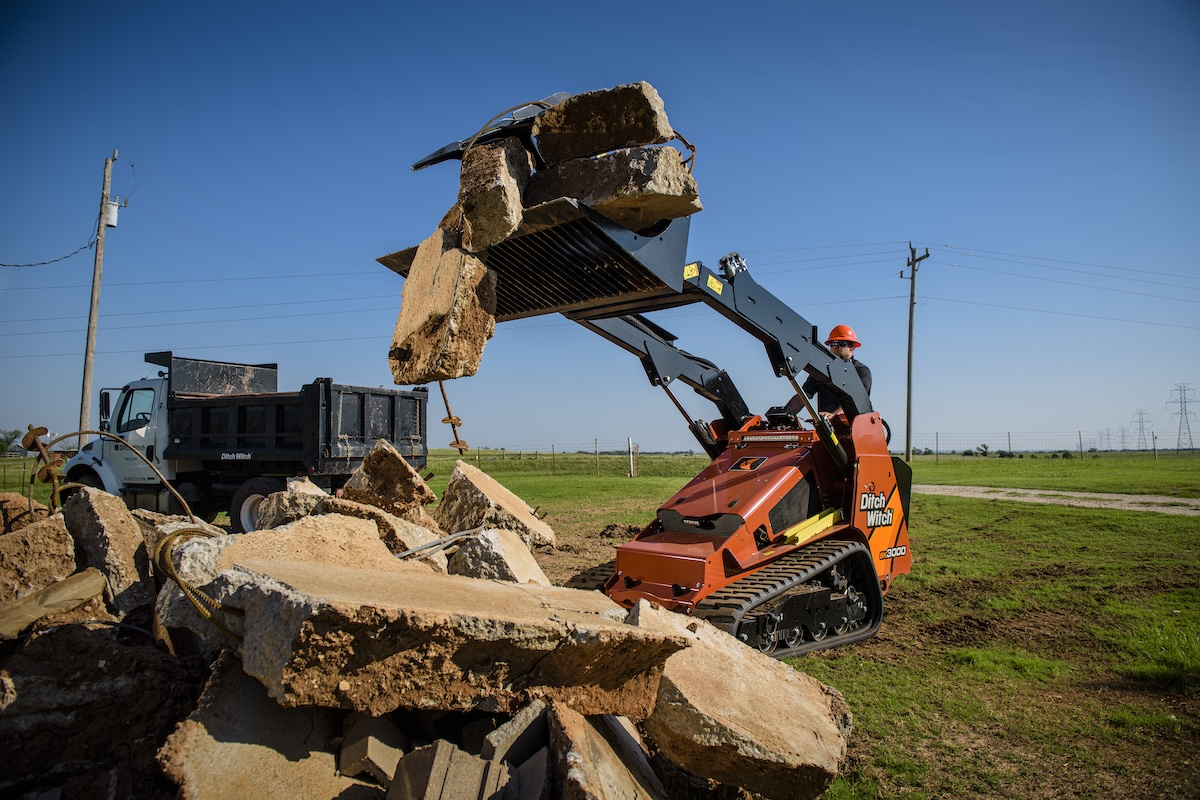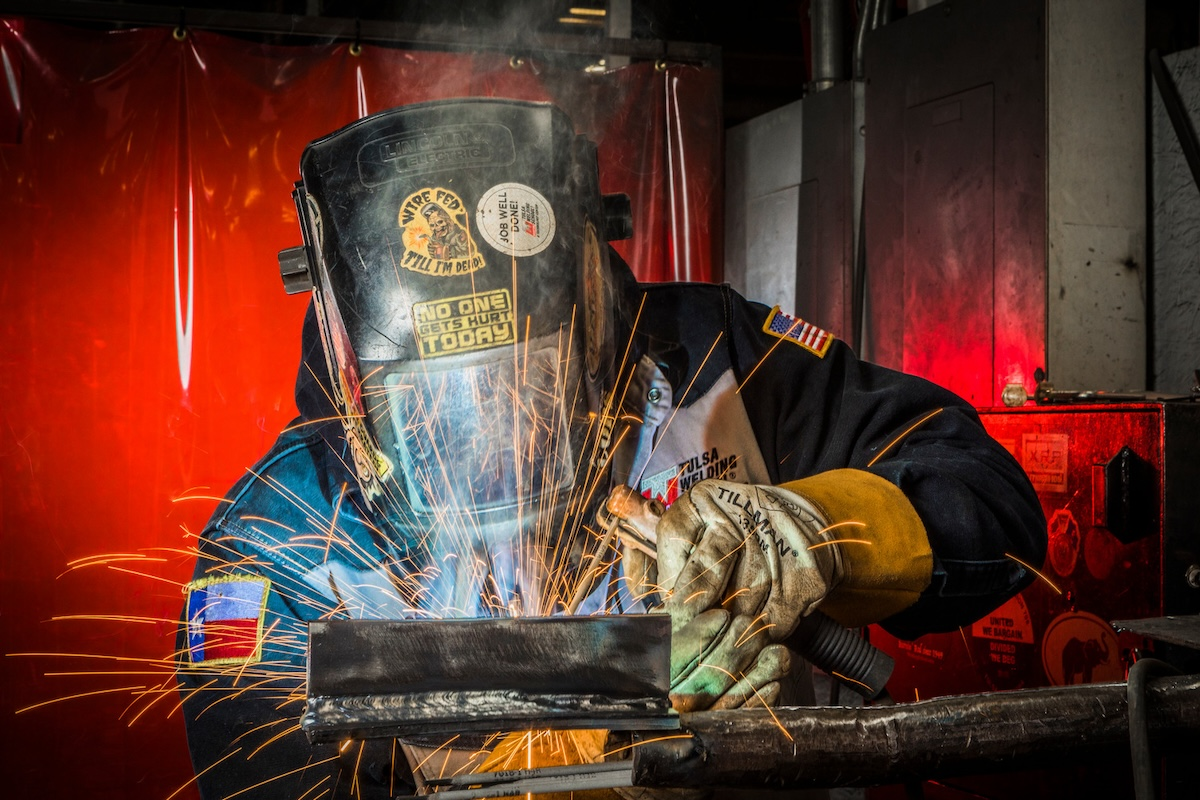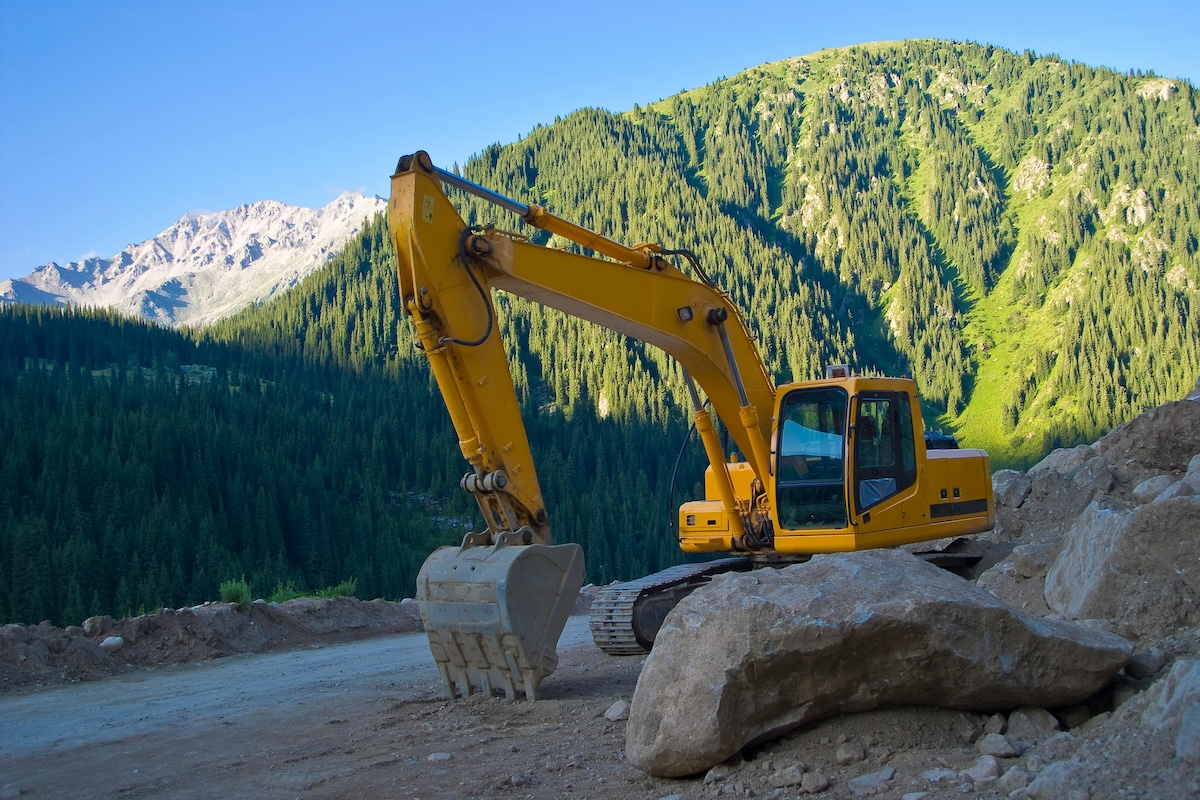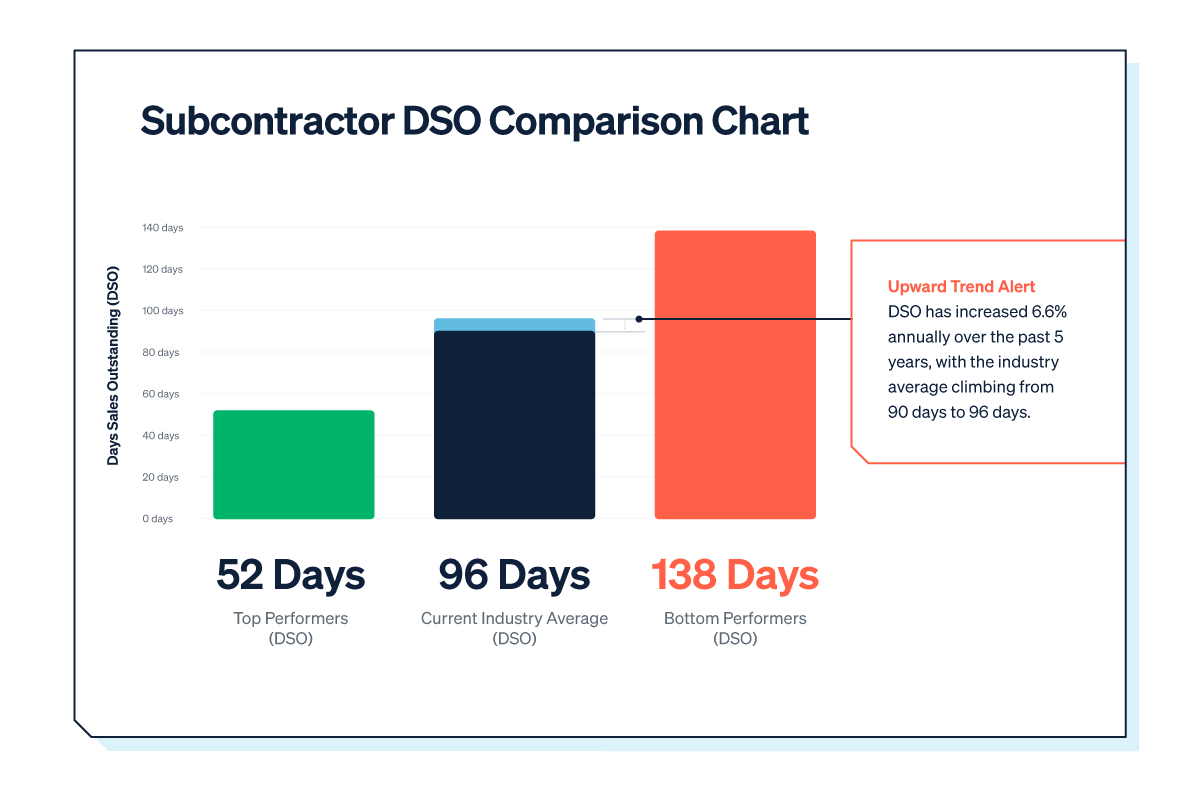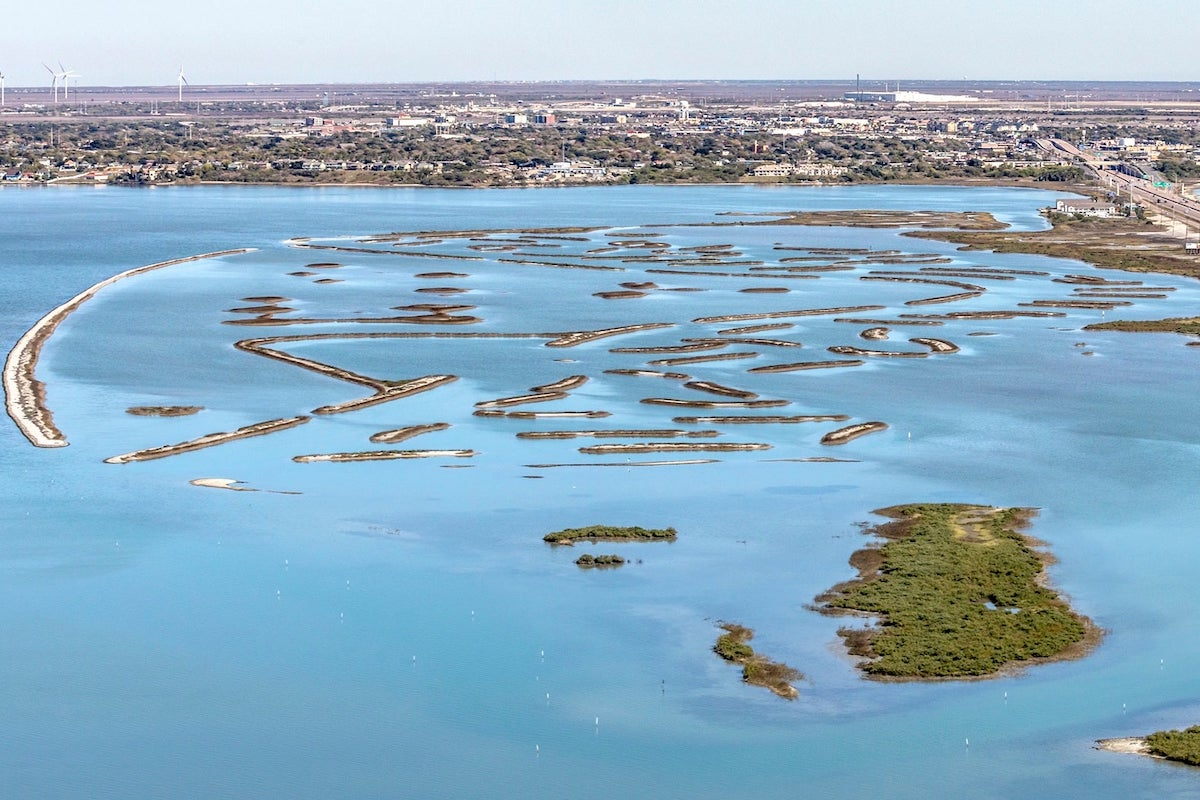As we look ahead to 2023, three key areas are emerging as most likely to dominate discussions and investment in the coming year: sustainability, connected construction, and the continued march toward autonomy.
Government entities, international organizations, private companies and individuals are incentivizing sustainability - winning a project is more than low cost. For instance, the federal infrastructure bill, the FY2022 Rebuilding American Infrastructure with Sustainability and Equity (RAISE) Grant Program specifically calls out environmental sustainability as a key criterion.
Further, sustainability goes beyond reducing emissions or even LEED certifications. It’s about optimizing resources and workflows for greater yield, profitability and environmental stewardship. Heavy civil contractor Hoffman Bros., Inc., for example, has taken this messaging to heart, building technology-enabled, productive worksites with sustainable construction techniques to deliver projects within budget and schedule. Their strategy incorporates technology that gives earthworks teams design surfaces, grades and alignments inside the cab and real-time, and precise machine positioning down to the centimeter. These solutions not only reduce the risk of earthmoving overages and unintended damage to buried infrastructure, they also make worksites more efficient and promote sustainability by reducing energy consumption and greenhouse gas emissions through excess fuel burn.
Technology and technical innovations can certainly help businesses improve environmental footprints and reduce carbon output, by simplifying workflows and creating new efficiencies in material management for less waste, efficient machine usage and reduced fuel consumption. There are also tools that take calculating environmental impact a step further. For example, through a collaboration between Trimble and One Click LCA, users of Trimble’s Tekla Building Information Modeling (BIM) software can calculate carbon emissions at different phases of a project, helping move the needle toward a net zero future for construction. The challenge, however, will be for contractors and other construction professionals to integrate these tools into their existing systems.

| Your local Liebherr Construction Eq dealer |
|---|
| Nueces Power Equipment |
In its 2021 Sustainability Report, Trimble notes that, based on current demand, there will be an even greater emphasis on sustainability across the construction ecosystem, from business owners who will want to see environmentally friendly practices on their job sites, to OEMs and technology companies providing solutions that make it easier to track and report against sustainability goals and improve productivity, quality, safety and transparency. We believe that the widespread application of technology contributes to performance and efficiency gains, while solving complex real-world sustainability problems.
Cloud-based solutions are already deployed in the industry. Civil engineering firm MJ Church, for example, adopted two-way office-to-field-to-office communications using cloud-based data hub technology and machine data-logging. The data hub facilitates the distribution of corridor models to the earthwork machines, while the machine data-logging capabilities turns the operator's bucket into a surveyor, automatically collecting dense as-built data live from the field. It’s a connected site workflow that drives real-time productivity metrics and empowers program decisions while maximizing productivity.
Expect to see a greater demand for BIM xD-enabled workflows such as the workflow that one Swiss construction firm deployed this year. In this case, a BIM model has all construction related information shared with others using a cloud based CDE. During all phases of the project, the georeferenced BIM model forms the basis for everything from the estimation, calculation and planning of the required materials and person-hours up to the final settlement. In the earthworks stage, the 3D model is provided to the survey team and operators via a cloud-based data hub - and finally a mobile scanner maps the newly as-built conditions to deliver a 100% accurate digital twin of this stretch of road to use for maintenance and operation.
The connected construction ecosystem will be essential to continuing the automation and autonomy of construction activities - another area that we expect to see continuing to advance. In the coming year, project teams, especially contractors will need to ensure they have an effective platform to manage all systems - and the data that’s generated to drive productivity.
Like our personal vehicles, heavy equipment is coming with more automated capabilities as a foundation for autonomy. Automation capabilities in the construction space have largely focused on blade and steering control, geofencing capabilities and other safety features. In 2022, Trimble introduced horizontal steering control for soil compactors and for Vögele asphalt pavers. Watch for collision avoidance technology to become increasingly standard on heavy equipment and for technology providers like Trimble to work even more closely with OEMs to deliver automated functionality for specific construction tasks.

| Your local Bobcat dealer |
|---|
| Bobcat of North Texas |
| Compact Construction Equipment, Inc |
The greatest focus in the coming year for Trimble and likely other technology developers will be an increased focus on task automation and remotely controlled machinery to reduce the impact of labor shortages. In Trimble Earthworks ‘automatics' functionality for excavators, for instance, the operator controls the stick, and Trimble Earthworks software controls the boom and bucket to stay on grade. This allows newer operators with less experience to be more productive. Autos functionality is also available for tiltrotator attachments on excavators. Technology such as Trimble Earthwork's Horizontal Steering Control that automatically steers a soil compactor using a 3D model or compaction pass line, not only helps to improve compaction productivity but also helps new operators get up to speed on the job much faster.
With regard to remote control, Trimble has already demonstrated the operation of an autonomous equipment controlled by an operator at ConExpo 2020 and at its Trimble Dimensions user conference. Expect to see more advances in this area in 2023.
Investment in autonomy is not a one-size-fits-all scenario, but instead a multifaceted, interdisciplinary and highly collaborative approach, driven by real-world problem solving.
The next year promises to be one of innovation and opportunity. Contractor success will likely depend on a focus on and investment in sustainability (both from a carbon reduction perspective and maximizing material use and reuse), connectivity and the cloud, and finally automated, remotely operated and emerging autonomous solutions that are essential to both sustainability and increased efficiency and productivity across the construction continuum.

| Your local LeeBoy dealer |
|---|
| Romco Equipment Co |
| Bee Equipment Sales Ltd |
| ASCO Equipment |
| Closner Equipment Co Inc |









